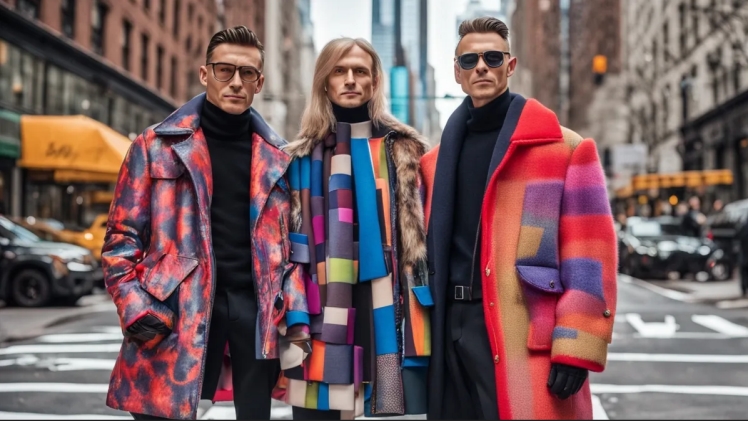In the tapestry of human expression, fashion emerges as a vibrant thread, intricately woven into the fabric of our daily lives. Beyond the mere garments we drape ourselves in, fashion is a dynamic language, a visual poetry that communicates our identity, culture, and creativity. From the runways of Paris to the streets of Tokyo, the world of fashion transcends trends, making an indelible mark on the canvas of human existence.
At its essence, fashion is a mirror reflecting the cultural landscapes in which it thrives. Styles, silhouettes, and color palettes are influenced by the collective experiences of societies, capturing the ethos of a particular time and place. Traditional attire tells stories of heritage and customs, preserving the narratives of generations within the intricate weaves and embroideries.
The evolution of fashion mirrors the evolution of societal norms and values. It is a visual chronicle of changing perspectives, breaking free from the constraints of tradition to embrace new forms of expression. From the restrictive corsets of the Victorian era to the gender-fluid designs of the present, fashion has been both a reflection of and catalyst for societal shifts.
Individuals, as both consumers and creators, use fashion as a powerful tool for self-expression. The clothes we choose to wear become an extension of our personalities, allowing us to communicate without uttering a word. Whether it’s the bohemian spirit of flowing skirts and loose fabrics or the sharp lines and structured suits of a corporate professional, fashion is a personalized language, a means through which we assert our identity.
Trends may ebb and flow, but personal style endures. While runways introduce avant-garde creations, real fashion happens on the streets, where individuals curate their unique looks, mixing and matching pieces to create a visual narrative. Street fashion is an ever-evolving spectacle, a celebration of diversity that rejects the one-size-fits-all approach, embracing the beauty of individuality.
In the digital age, social media platforms have democratized fashion, allowing individuals worldwide to showcase their style and influence trends. Instagram, TikTok, and other platforms have become virtual runways, providing a stage for fashion enthusiasts, bloggers, and influencers to share their unique perspectives. This democratization has expanded the definition of beauty, challenging conventional norms and fostering inclusivity.
Fashion is not merely a superficial pursuit; it is a powerful agent of change. The rise of sustainable and ethical fashion movements underscores a growing awareness of the environmental and social impact of the industry. Designers and consumers alike are championing eco-friendly practices, from upcycling vintage pieces to embracing cruelty-free materials, transforming fashion into a platform for conscious consumption.
The runway becomes a space where designers unleash their artistic visions. Fashion weeks in global capitals showcase the convergence of art and commerce, pushing the boundaries of design. Designers navigate the fine line between creating wearable art and meeting commercial demands, crafting collections that are both aesthetically compelling and commercially viable.
In conclusion, fashion is an ever-evolving art form that transcends the confines of its material existence. It is a mirror reflecting the diversity of human culture, an avenue for individual self-expression, and a force for societal change. As we navigate the myriad choices offered by the fashion landscape, let us recognize the profound impact it has on our identity, culture, and the way we interact with the world. Fashion is not just about what we wear; it’s about how we choose to tell our stories to the world.

